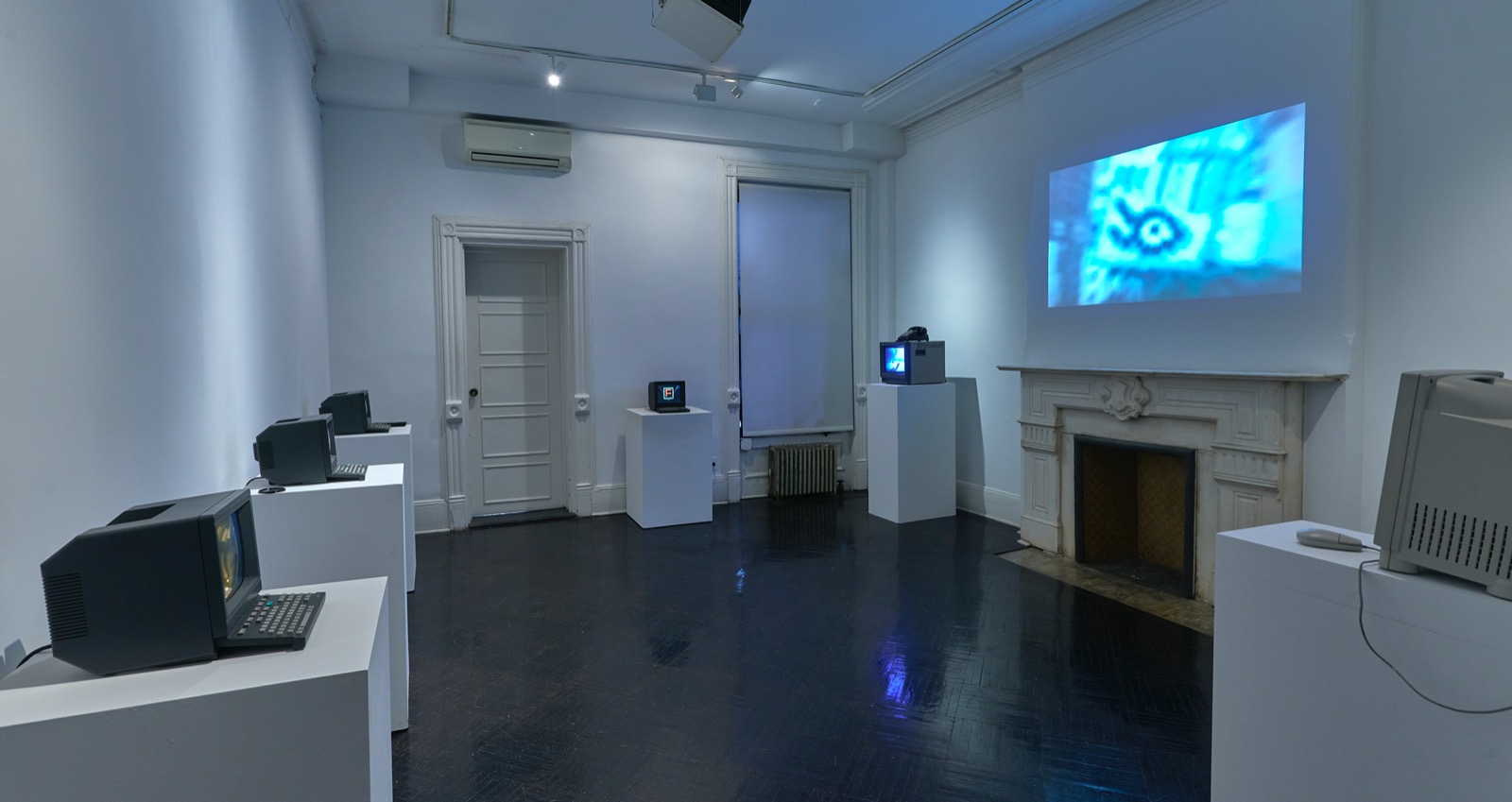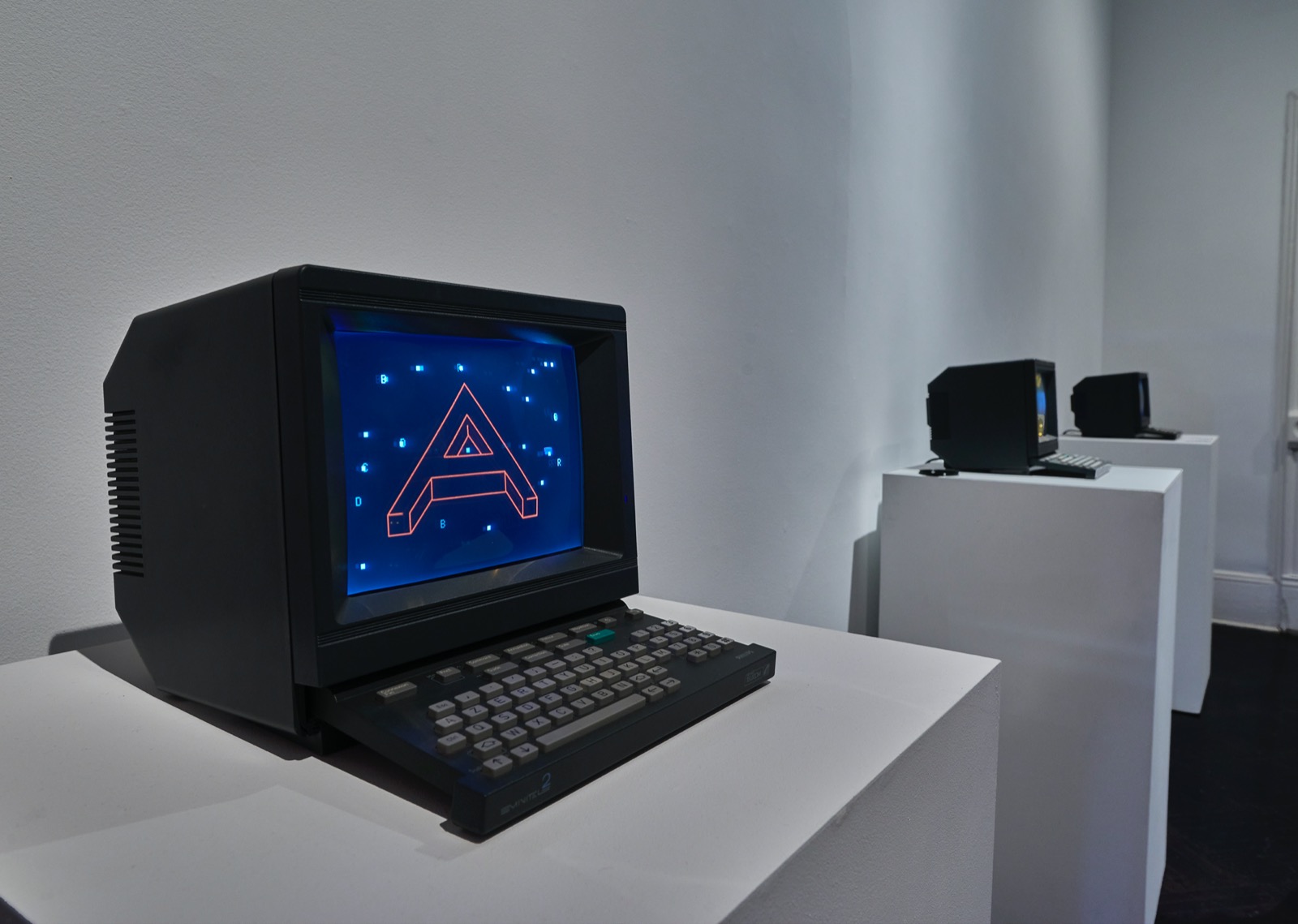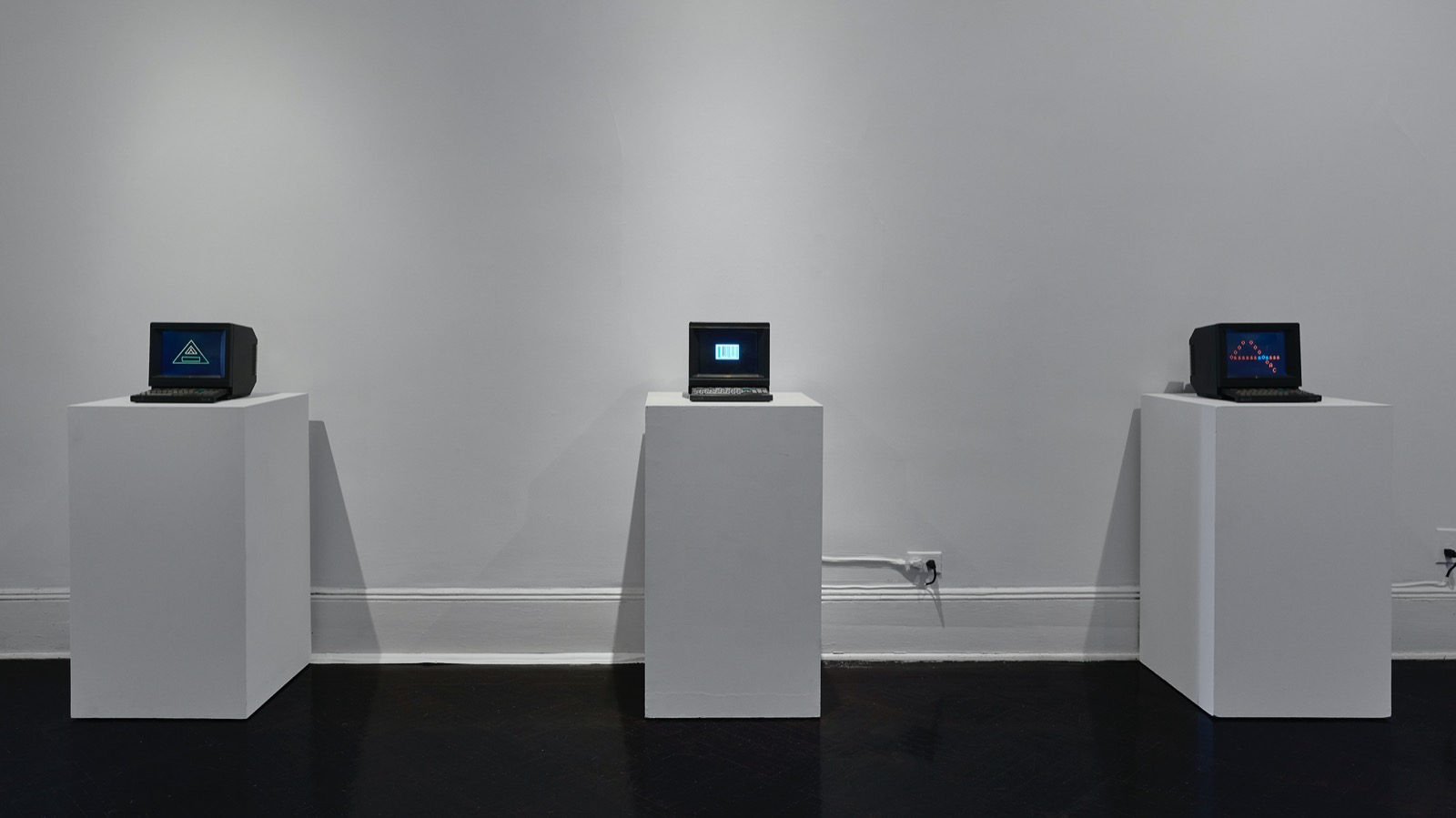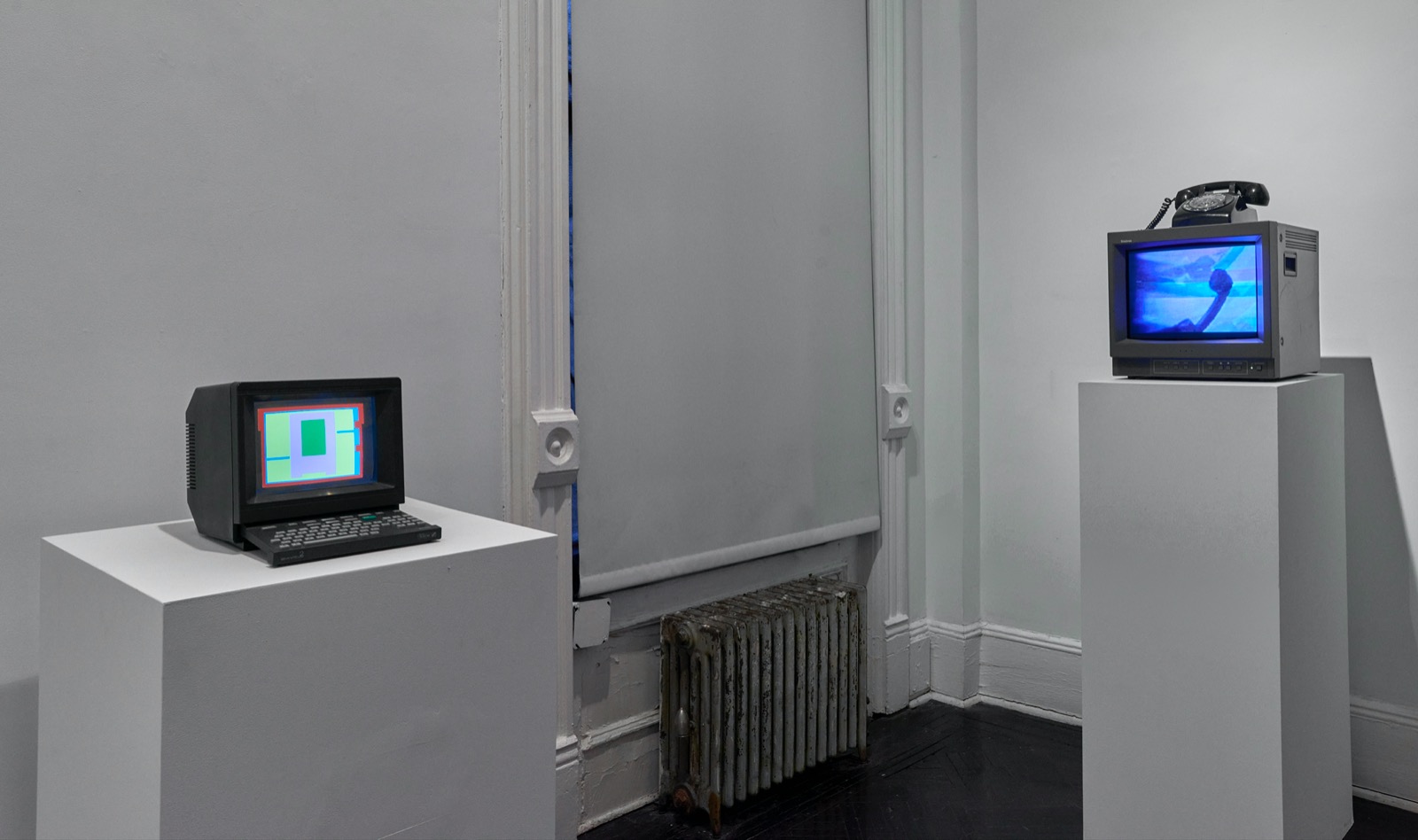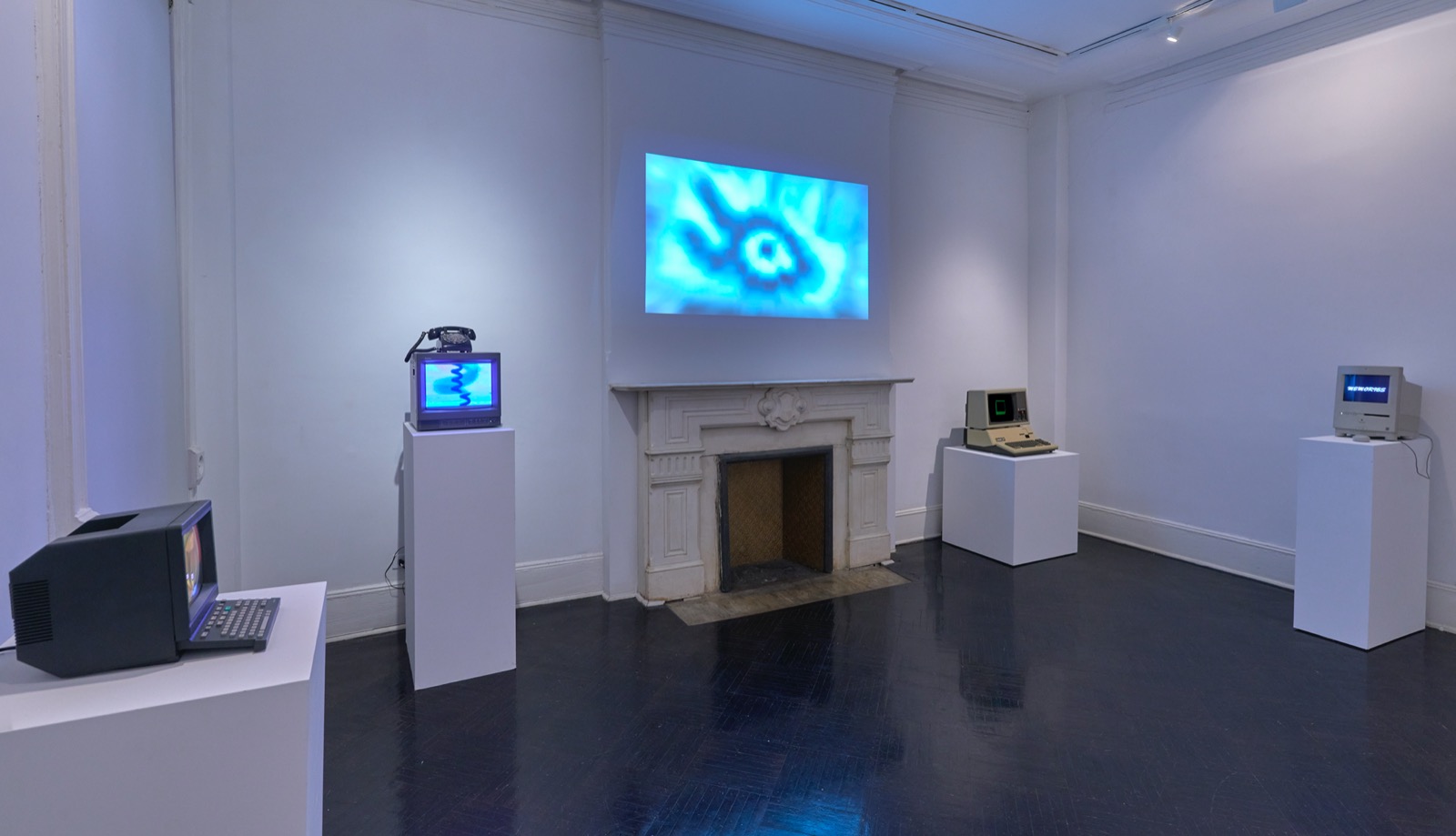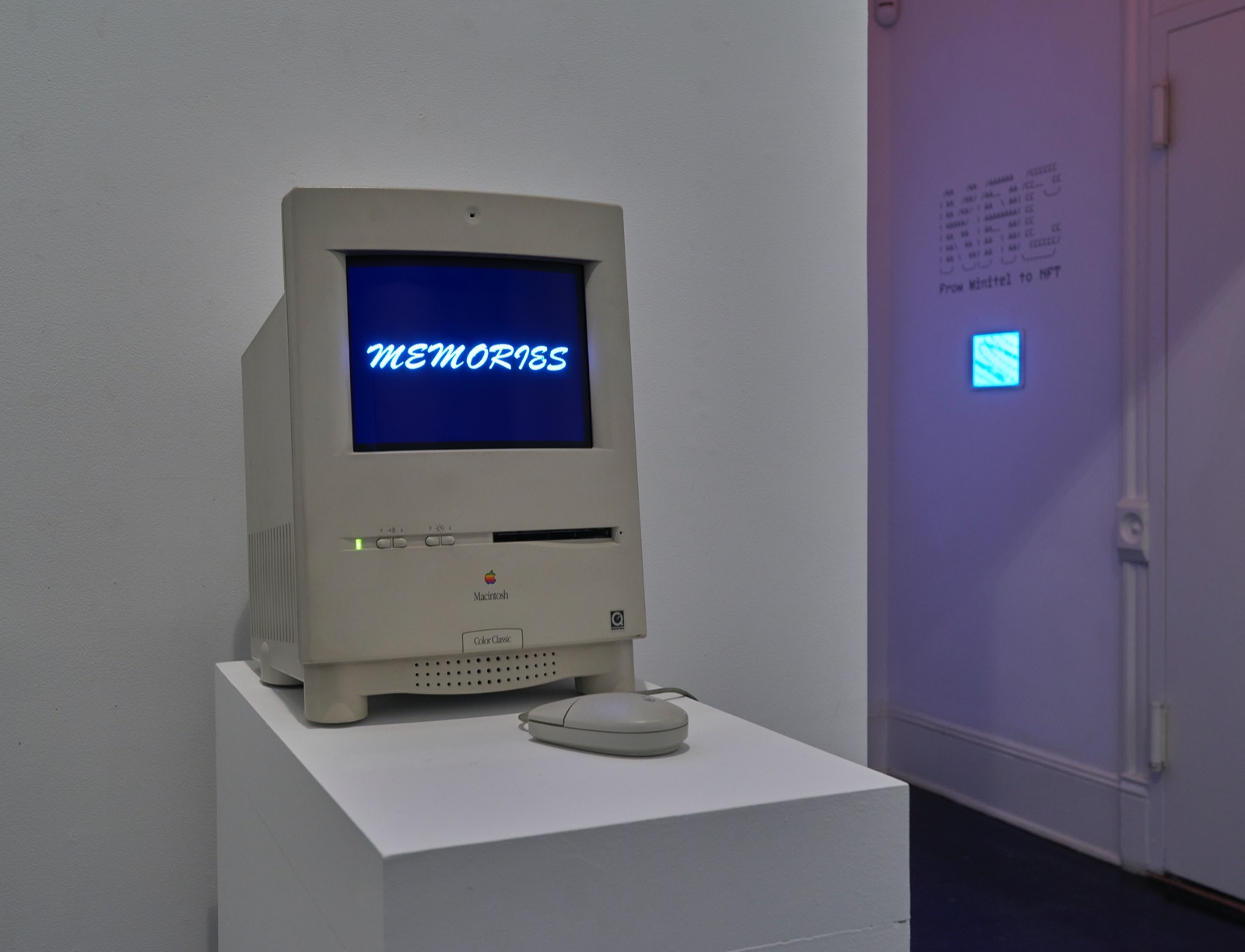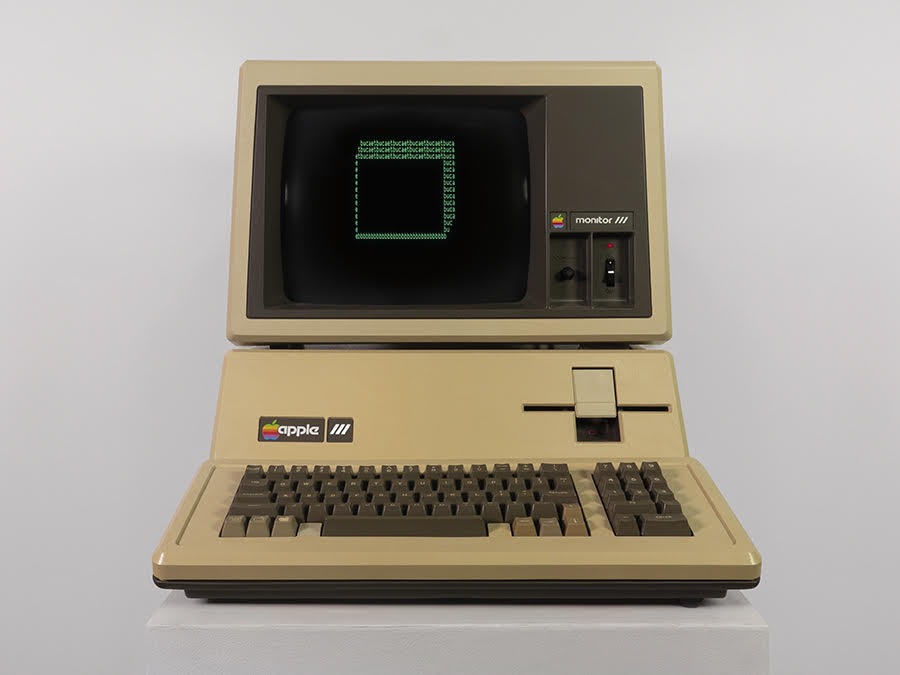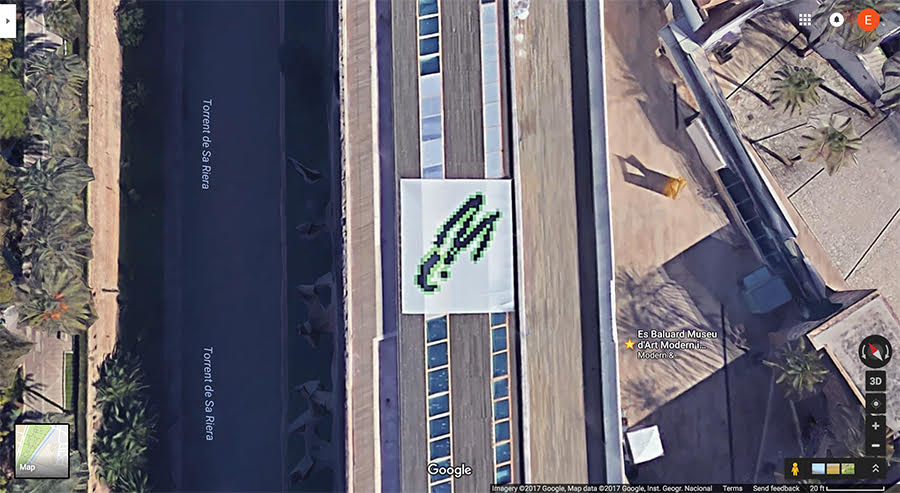henriquefaria.com
Join Eduardo Kac for his latest solo show in New York City
this month at Henrique Faria Fine Art. Featuring work from
the early '80s all the way through to today, From
Minitel to NFT follows Kac in his
decades-long tenure at the cutting edge of art &
technology culminating in his contribution to today's
digital arts environment. Kac has worked with
everything from the first mass-market personal computers
to the camera lenses of satellites orbiting Earth as media
for his work; art at both local and global scales will be
on display in New York for the
duration of this show.
Eduardo Kac: From Minitel to NFT features
runtime, networked, real time, interactive, animated, and
space artworks from the last four decades of Kac’s career. Writer and
critic Jeffrey Kastner has pointed out that "if each
of these works is grounded in an intricate network of
highly technological phenomena, their subject
matter—ecstasy, conjuring, chaos, individuality, sexual
desire—seem as though they could hardly be further from
the world of circuit boards, ASCII code, and telephone
cables. Like all of Kac’s
work, they hover productively between the finely specific
tolerances of the laboratory and the liberatory open
spaces of affect and imagination."
Originally
written in Basic, Geometria
do Êxtase (above)
is part of a series of experimental ASCII works from
the early '80s. In the poem we look straight down at
the top surface of a cube. An invisible light source
orbits the cube, casting verbal shadows that can be seen
gyrating clockwise, much in the manner of a sundial.
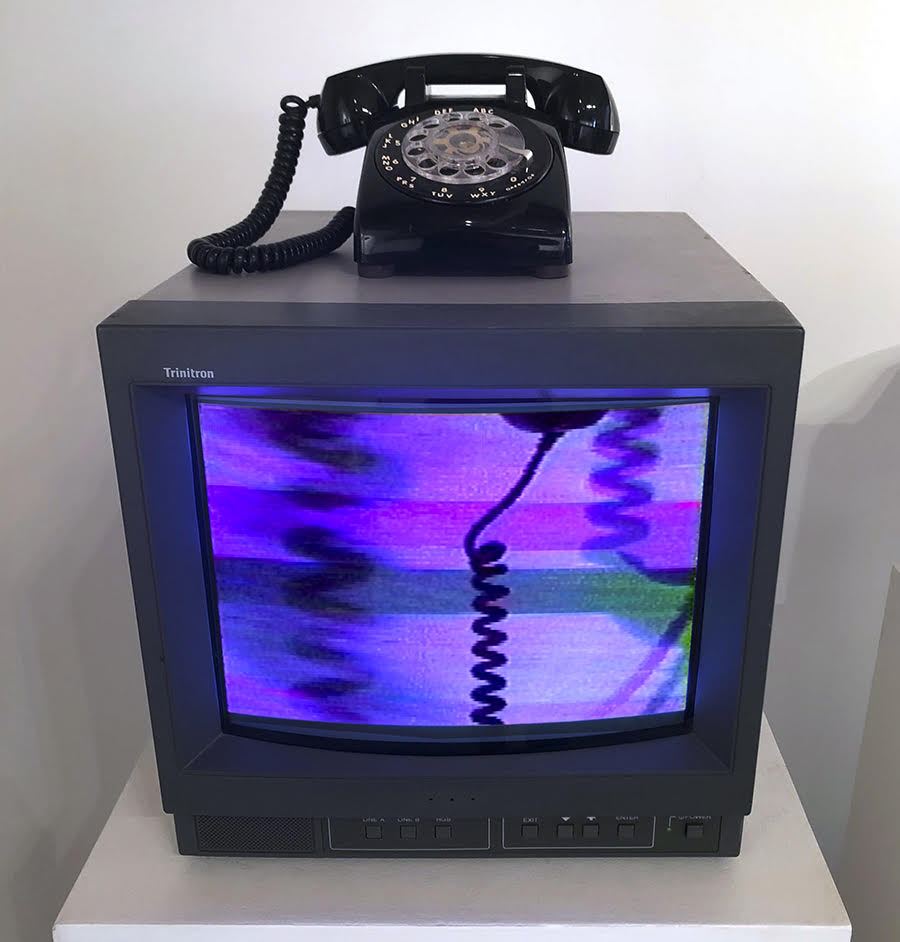
Eduardo Kac, Conversation,
1987. Slow-Scan television (video transmission through
analogue phone lines), 34.5 (W) x 42 (D) x 47 (H) cm
[13.5 x 16.5 x 18.5 inches]
Slow-Scan
TV was an early type of videophone that allowed the
transmission/reception of sequential still video
images over regular phone lines. It took from eight to
twelve seconds to transmit each image. Instead of
considering each picture as a final form or the
sequence of images as illusion of movement, in Conversation Kac explored the
live process of image formation.
Eduardo Kac, Lagoogleglyph
2, 2015. Space artwork realized in Mallorca
to be seen by satellites, to be experienced in
person and/or through Google Maps (satellite view),
Google Earth or the Google Earth Pro app; looped
video, 1’14, silent
Eduardo Kac’s Lagoogleglyphs (2009-ongoing)
are space artworks that inscribe lagoglyphs (Kac’s iconic green rabbit
glyphs) into the environment and make them visible
to the world through the perspective of
satellites. These artworks are created at a
global scale and can be experienced in person at
their respective venues, directly via satellites, or
through Google's geographic search engine. In
addition to the distributed artworks (in person;
online; in space), Kac has
created a video for each individual Lagoogleglyph by
capturing, in Google Earth Pro, the view from space
all the way down to the eye of the rabbit glyph on
Earth (and back again to outer space). The
series is ongoing and is part of Kac’s larger Lagoglyph project,
which includes prints, murals, sculptures,
paintings, and an algorithmic animation.
Celebrating his 60th birthday this
year, Eduardo Kac is
currently exhibiting at MoMA, New York; Reina Sofia, Madrid;
Pompidou Center, Paris; and the Venice Biennale,
among others. Kac also
has a new artwork
orbiting the Earth aboard
the International Space Station.
